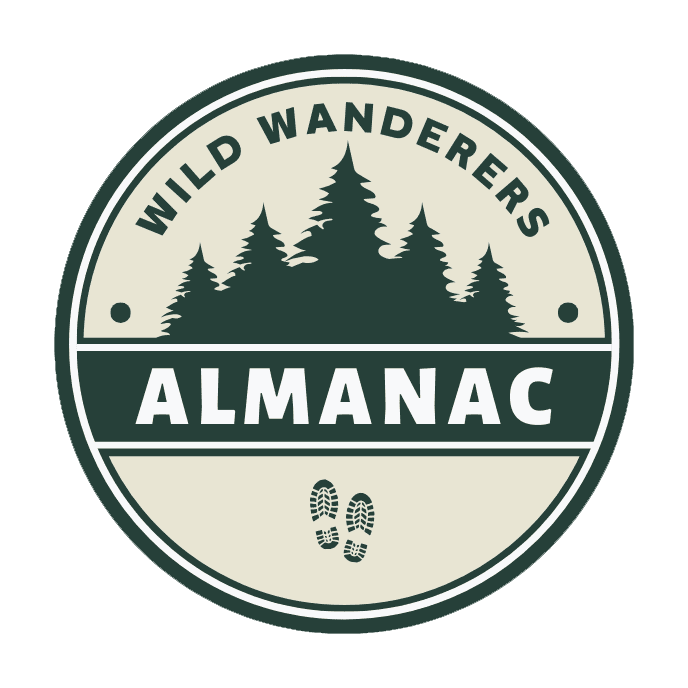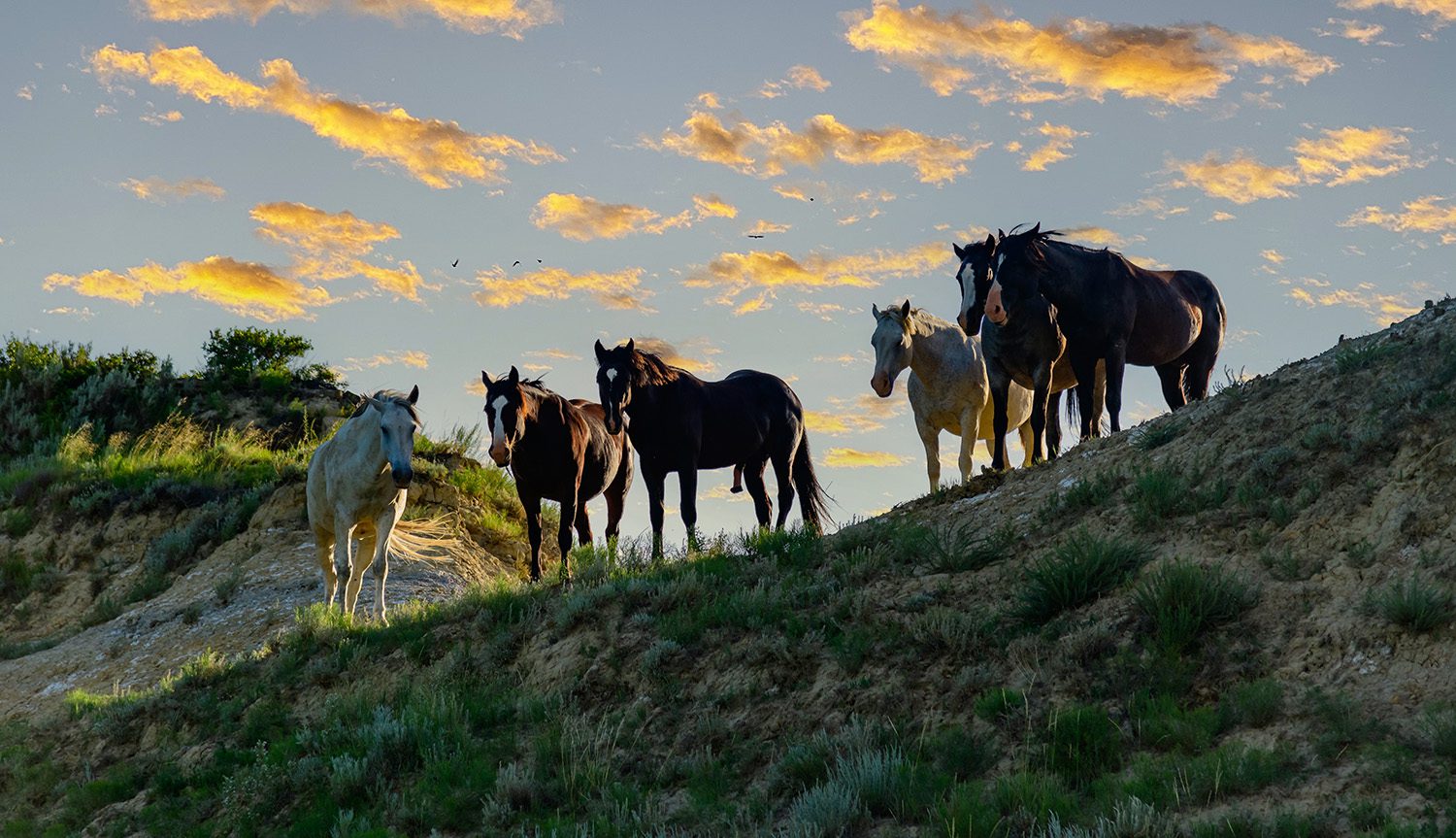Park Information Quick Facts
Location: South Dakota
Park Size: 244, 000 Acres
Time Needed: 1-2 days
Best Season: April – May
Must Do: Badlands Loop Road
Pro Tips:Visit Badlands National Park during the golden hours—sunrise and sunset—for the most breathtaking views and photography opportunities.
Visitor Centers
Badlands National Park has two primary visitor centers that serve as hubs for education and exploration: the Ben Reifel Visitor Center and the White River Visitor Center. The Ben Reifel Visitor Center, located near the eastern entrance of the park, is the larger and more frequently visited of the two. It offers exhibits on the park’s unique geology, paleontology, and Native American history, making it an excellent starting point for visitors. The center also features a theater that screens an introductory film about the park, a bookstore, and a fossil preparation lab where visitors can watch paleontologists work on real fossils. Open year-round, it provides restrooms, water, and knowledgeable rangers who can help plan hikes and activities.
Plan Your Badlands Adventure Today!
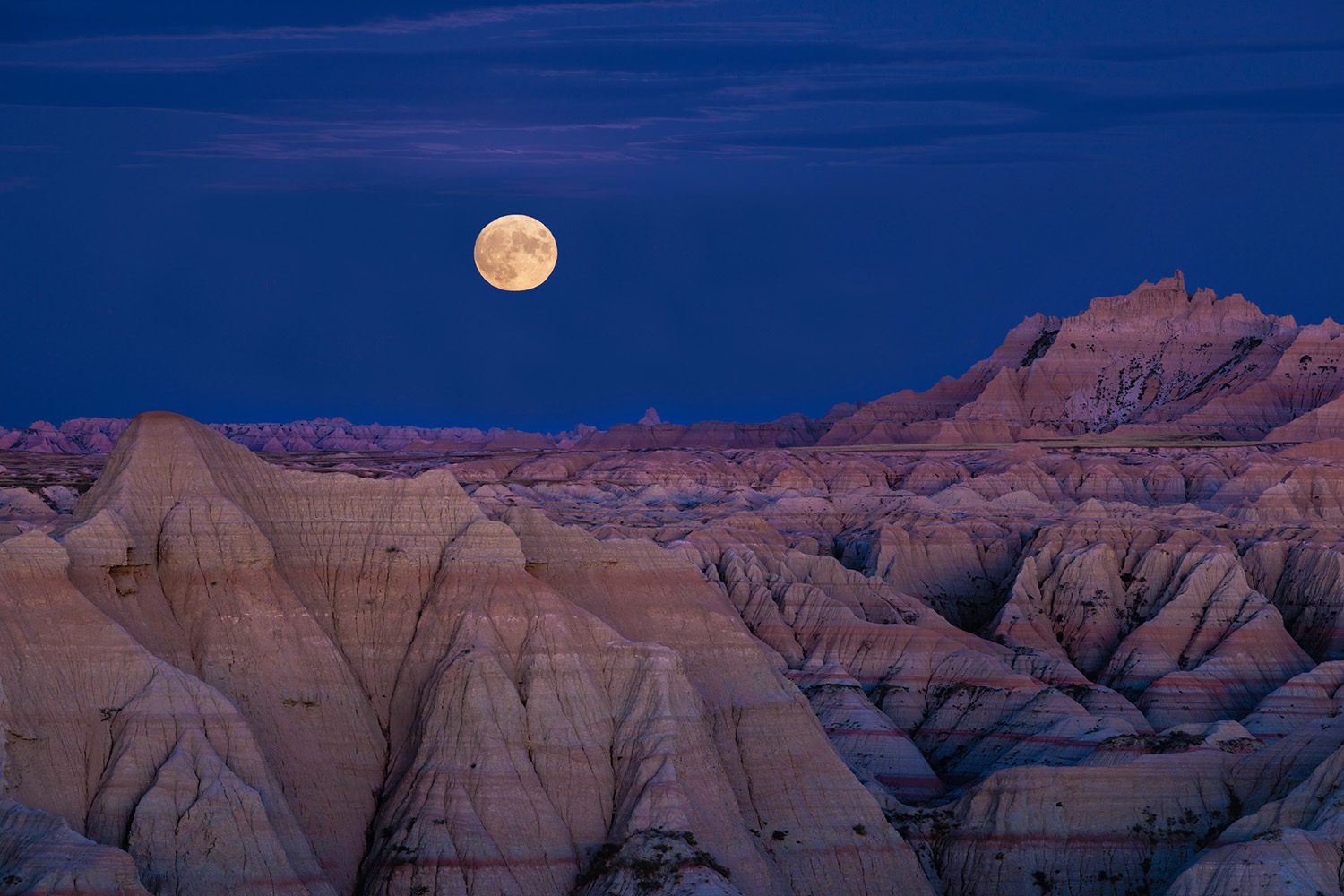
Getting There
How to Travel to Badlands National Park
Traveling to Badlands National Park begins with choosing the best route to reach this remote yet accessible destination in southwestern South Dakota. The closest major city is Rapid City, located about 70 miles west of the park. Rapid City Regional Airport offers flights from several major U.S. cities, making it a convenient gateway. From Rapid City, you can rent a car and take Interstate 90 east to reach the park’s eastern entrance near the town of Wall. Driving is essential, as there’s no public transportation to or within the park, and having your own vehicle allows you to explore its expansive landscape at your own pace.
If you’re planning a road trip, Interstate 90 runs parallel to the park, making it easily accessible from other parts of the Midwest. For those coming from the east, take Exit 131 for the Pinnacles Entrance, which connects to the scenic Badlands Loop Road. This route provides a fantastic introduction to the park’s dramatic scenery, with several overlooks and trailheads along the way. Travelers from the west can use Exit 110 at Wall, where you’ll also find the iconic Wall Drug, a popular pit stop before entering the park. Be sure to plan your fuel stops in advance, as gas stations near the park are limited.
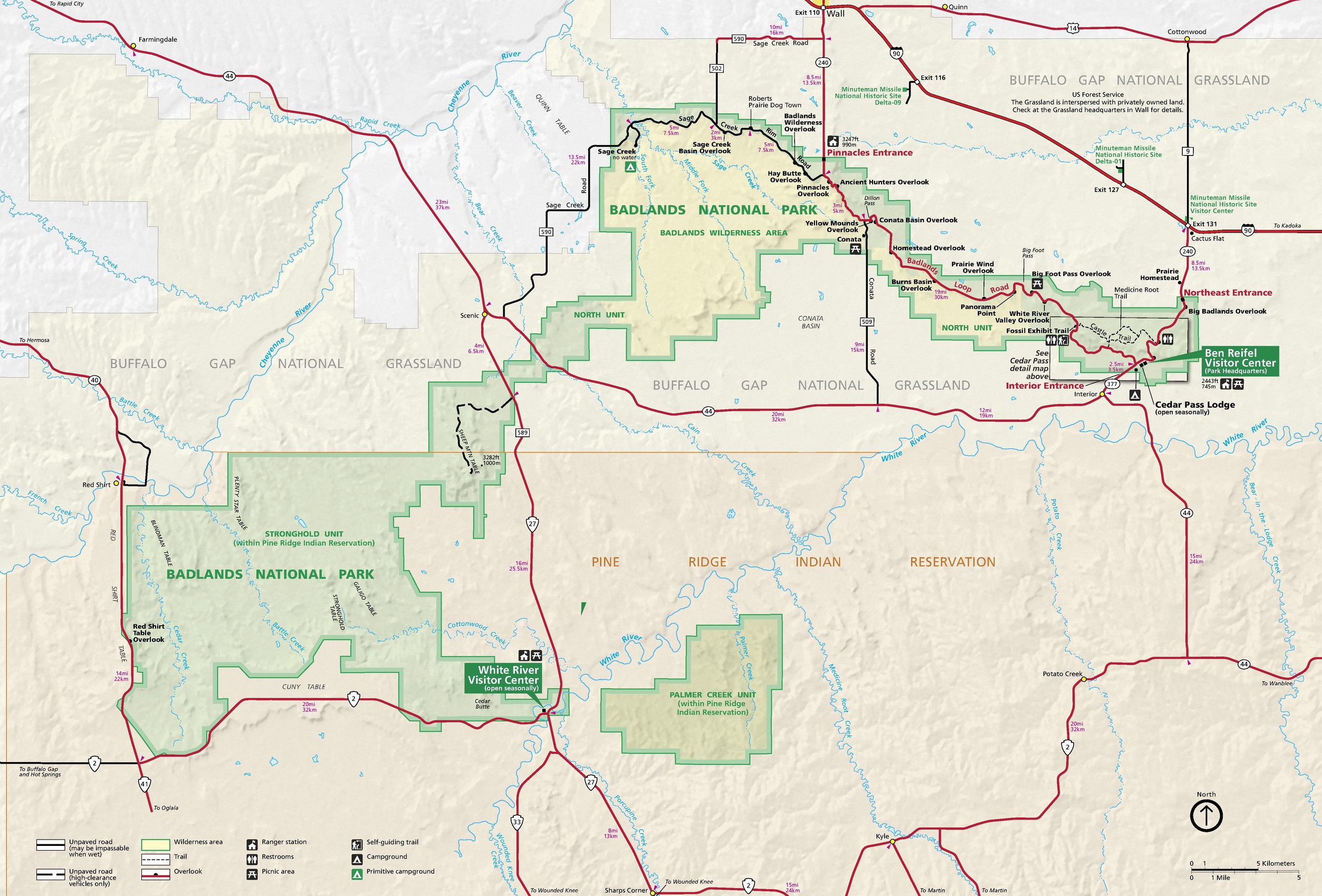
Campsites
Cedar Pass Campground
- Location: Near the Ben Reifel Visitor Center.
- Amenities: Tent and RV sites, picnic tables, flush toilets, seasonal showers, and nearby restaurant/store.
- Open: Year-round (limited services in winter).
Sage Creek Campground
- Location: Remote western area of the park.
- Amenities: Free, primitive sites with picnic tables, vault toilets, and no water (bring your own).
- Open: Year-round, accessible via gravel roads.
Backcountry Camping
- Location: Allowed throughout the park in designated areas.
- Amenities: Primitive, no facilities—must be at least 0.5 miles from roads and out of sight of trails.
- Permit: No permit required, but register at a visitor center is recommended.
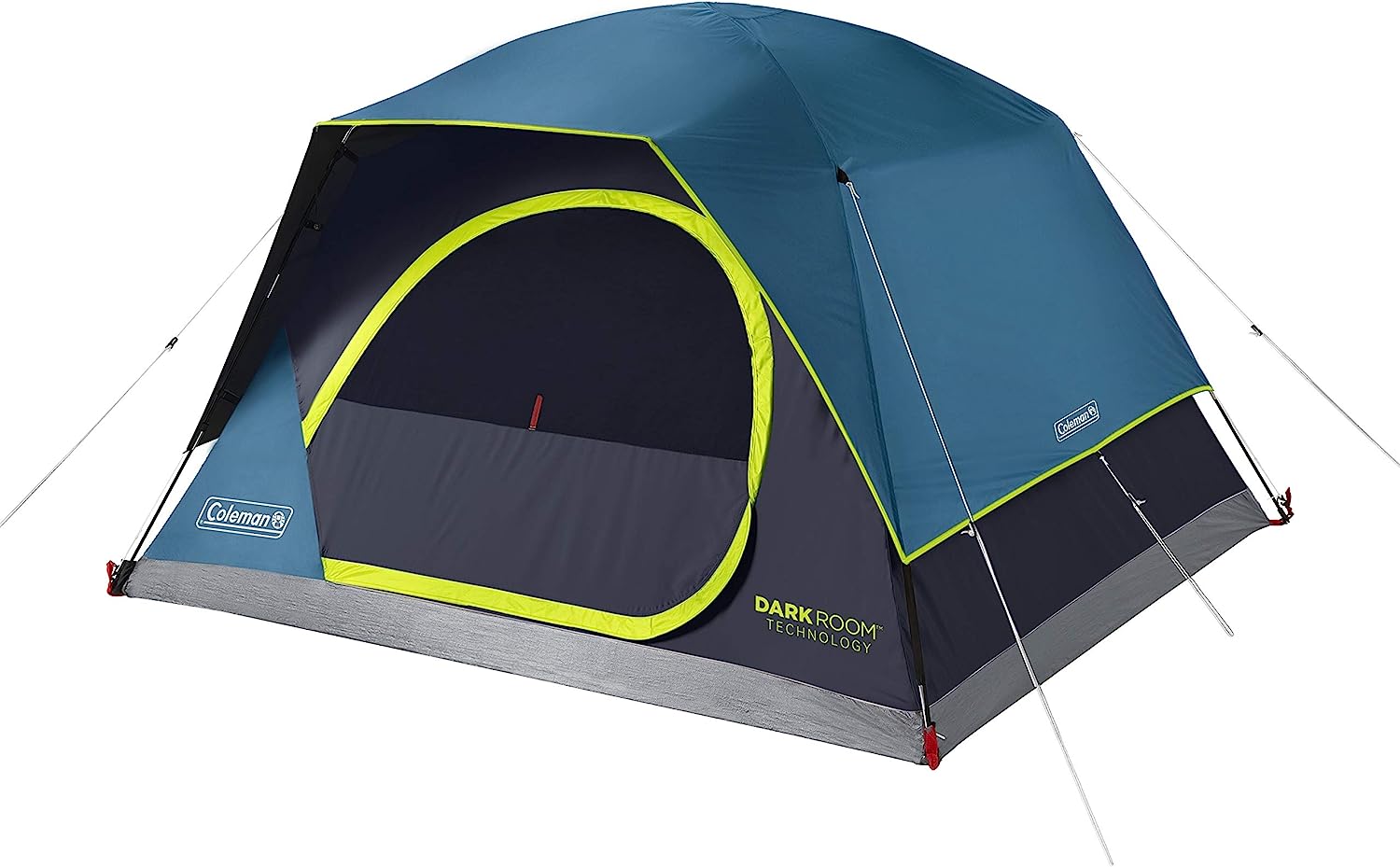
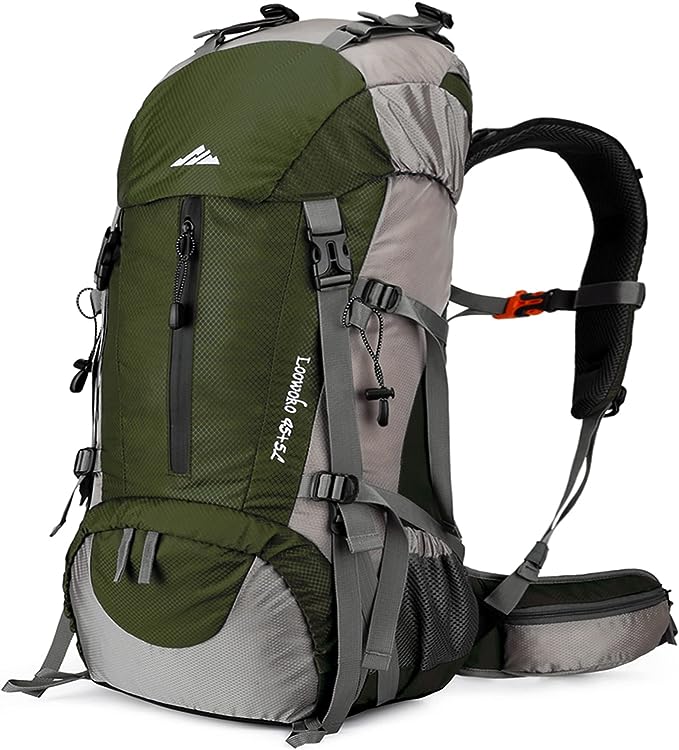
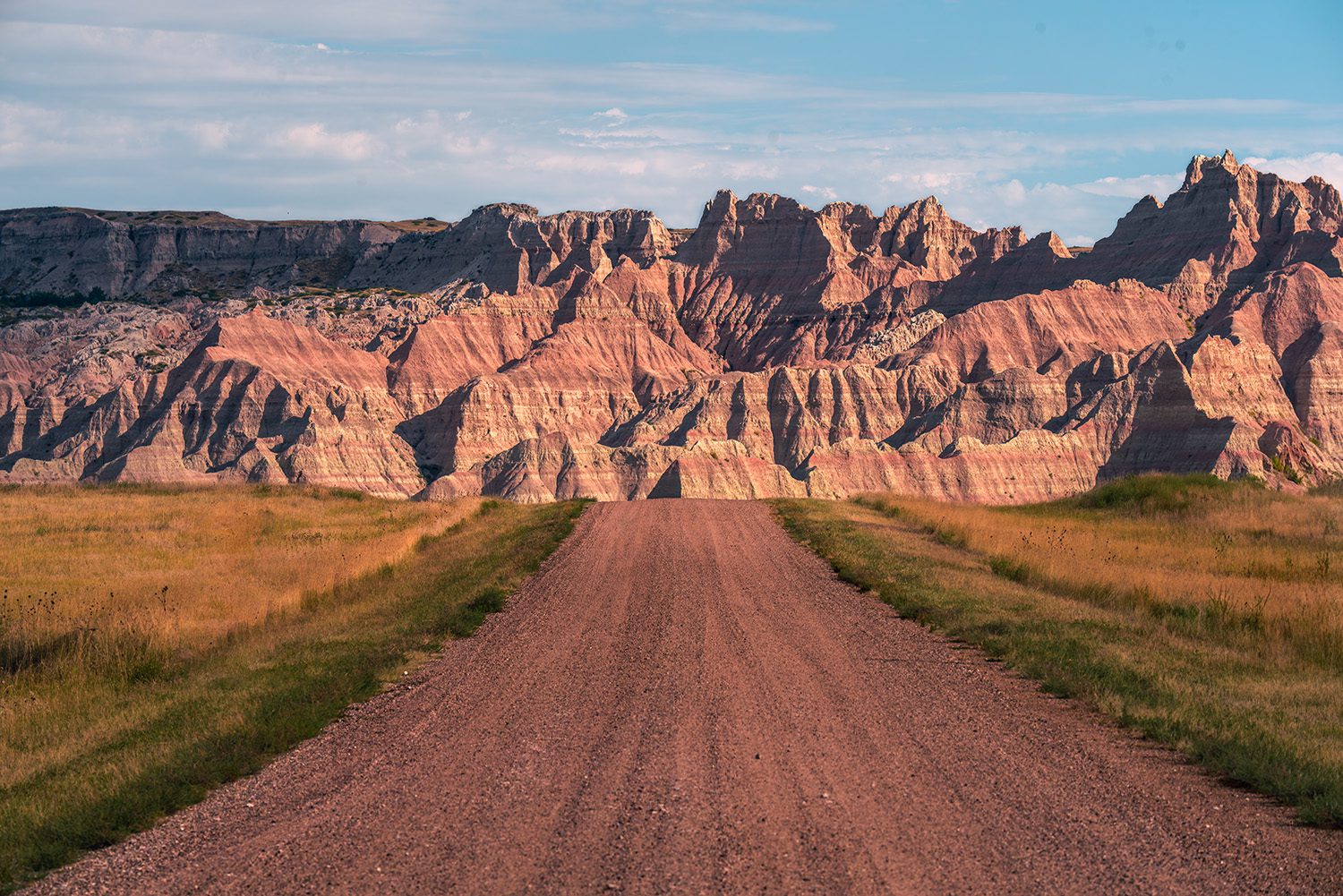
Here are three key tips for camping at Badlands National Park:
1. Be Prepared for Extreme Weather
- The Badlands experience drastic temperature changes, strong winds, and sudden storms. Bring sturdy tents with good stakes, dress in layers, and pack sun protection like hats and sunscreen for the intense sun.
2. Bring Plenty of Water
- Water sources are limited, especially at Sage Creek Campground and in the backcountry. Carry enough water for drinking, cooking, and cleaning, especially during summer when dehydration is a risk.
3. Respect Wildlife
- Prairie dogs, bison, and rattlesnakes are common. Keep a safe distance (at least 100 yards from bison), store food securely to avoid attracting animals, and check your surroundings when hiking or setting up camp.
Popular Hiking Trails
Notch Trail
- Distance: 1.5 miles (round trip).
- Difficulty: Moderate.
- Highlights: A fun and adventurous trail with a wooden ladder climb and spectacular views of the White River Valley.
- Location: Starts at the Door and Window parking area.
Door Trail
- Distance: 0.75 miles (round trip).
- Difficulty: Easy.
- Highlights: Boardwalk leads to a rugged area with otherworldly formations. Great for experiencing the park’s unique geology.
- Location: Door and Window parking area.
Window Trail
- Distance: 0.3 miles (round trip).
- Difficulty: Easy.
- Highlights: Short boardwalk trail with a stunning view through a natural “window” in the Badlands wall.
- Location: Door and Window parking area.
Castle Trail
- Distance: 10 miles (round trip).
- Difficulty: Moderate.
- Highlights: Longest trail in the park, traversing open prairie and dramatic Badlands formations. Excellent for wildlife spotting.
- Location: Connects the Door and Window parking area to the Fossil Exhibit Trail.
Cliff Shelf Nature Trail
- Distance: 0.5 miles (loop).
- Difficulty: Easy to moderate.
- Highlights: A loop with stairs that winds through juniper trees and offers elevated views. Best in the morning or evening.
- Location: Near the Ben Reifel Visitor Center.
Medicine Root Loop
- Distance: 4 miles.
- Difficulty: Moderate.
- Highlights: Combines with Castle Trail to provide a gentler path through grasslands and wildflowers, with panoramic views.
- Location: Begins at the Door and Window parking area.
Saddle Pass Trail
- Distance: 0.25 miles (one way).
- Difficulty: Strenuous.
- Highlights: A steep climb to the Badlands plateau, where it connects with Castle and Medicine Root Trails.
- Location: Saddle Pass Trailhead along the Badlands Loop Road.
Fossil Exhibit Trail
- Distance: 0.25 miles (loop).
- Difficulty: Easy.
- Highlights: Fully accessible boardwalk showcasing fossil replicas and information about the park’s ancient wildlife.
- Location: Near the western side of the park on the Badlands Loop Road.
Hiking Trails in Badlands National Park
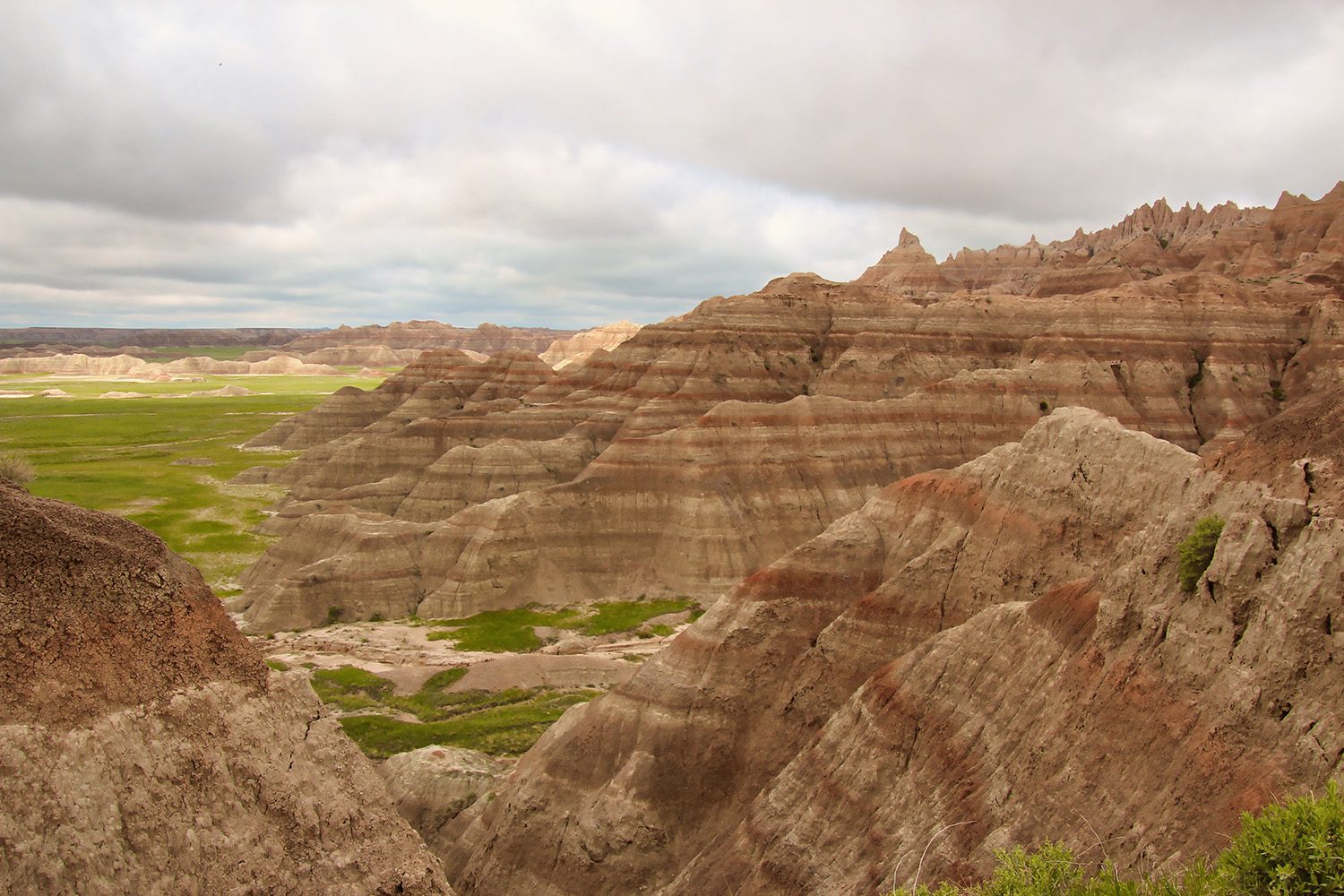
Gear We Used

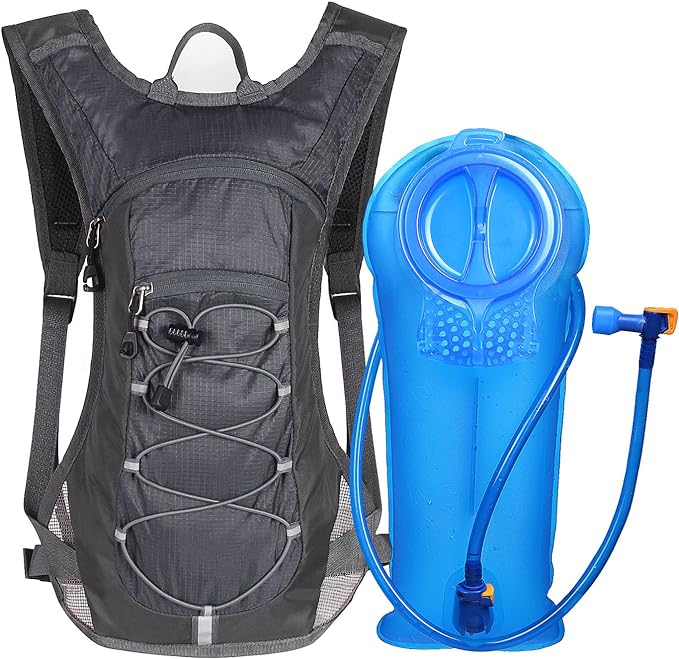
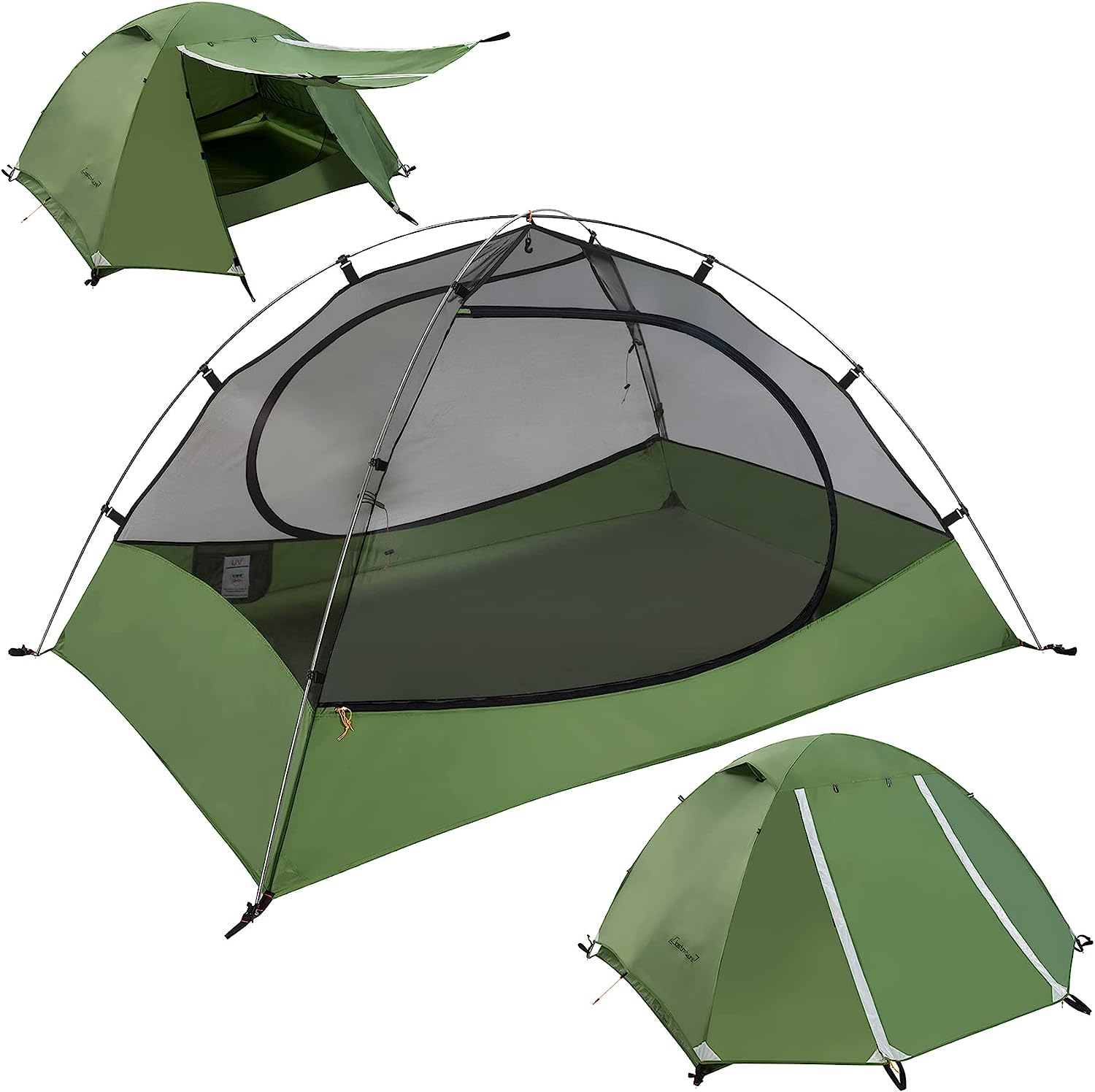
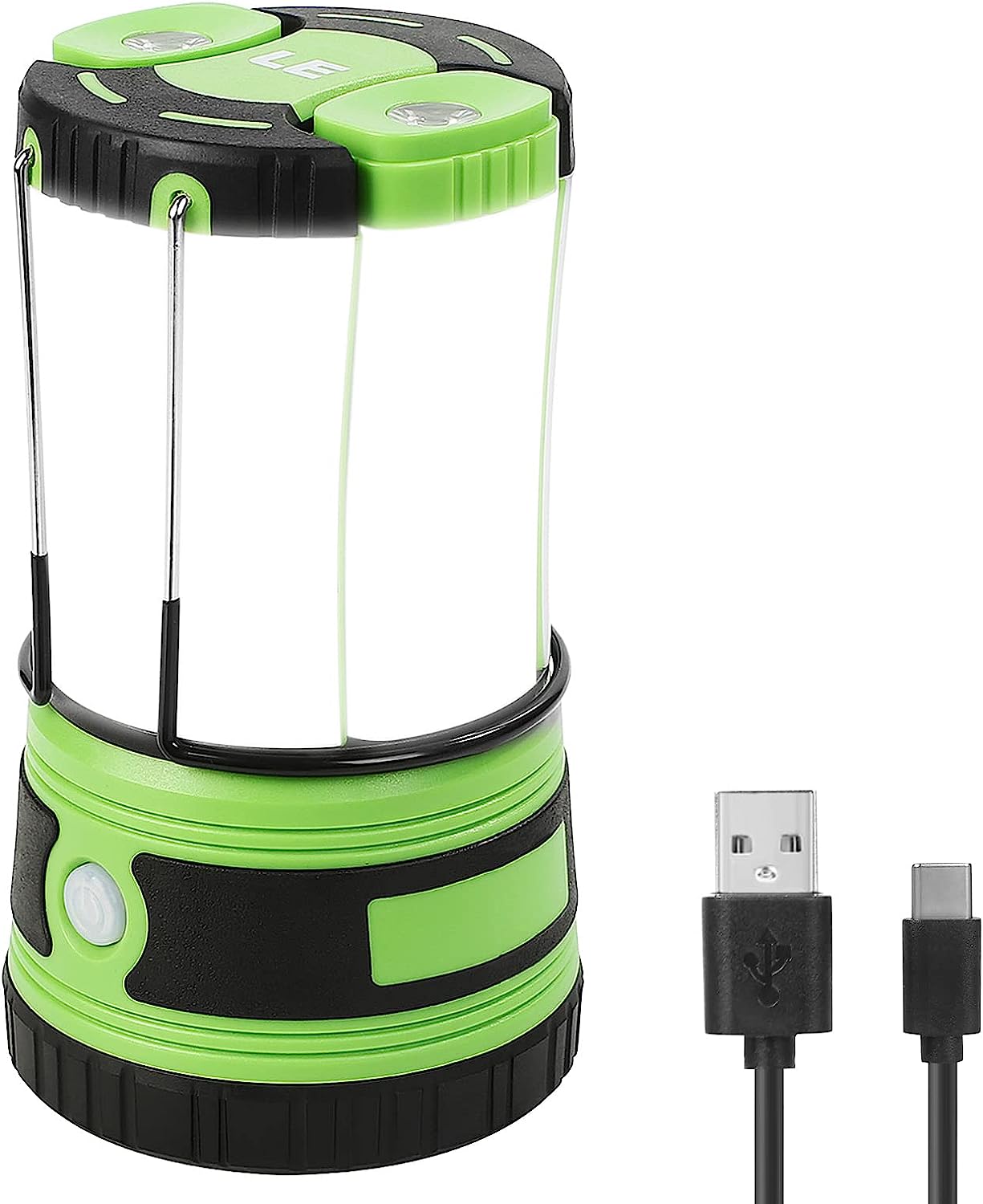
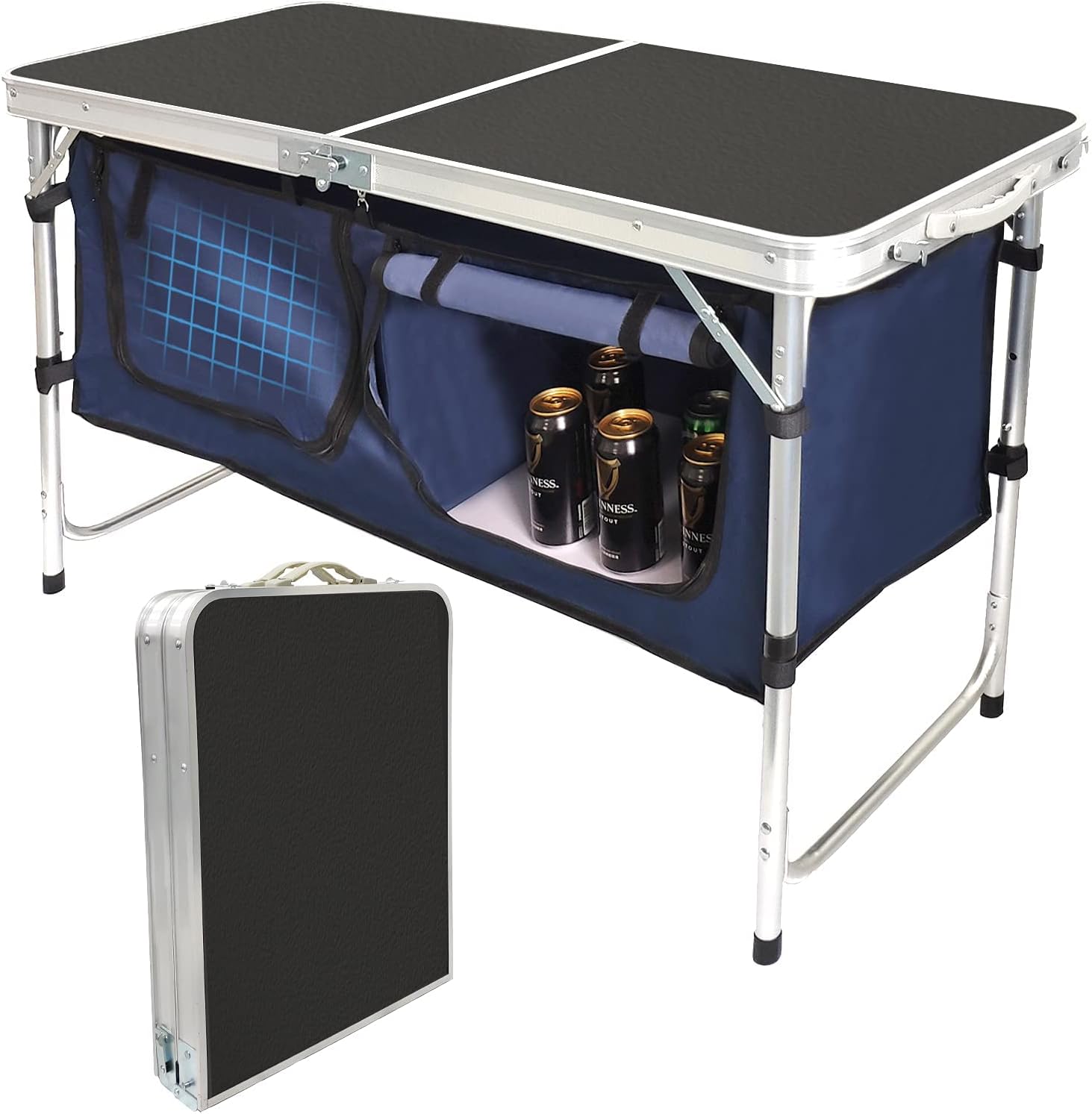
Must-Do Activities
Stargazing in the Dark Skies
The Badlands are renowned for their pristine night skies, making stargazing an unforgettable activity. With minimal light pollution, the park offers incredible views of the Milky Way and constellations. Attend a ranger-led night sky program or simply lay back at a campground for a celestial show that will leave you in awe.
Explore the Scenic Loop Drive
The Badlands Loop Road (Highway 240) is a must-do for breathtaking views of the park’s dramatic landscapes. With numerous overlooks and pull-offs, you can admire colorful rock formations, sweeping prairies, and opportunities to spot wildlife like bison and bighorn sheep. It’s perfect for those short on time or wanting a comprehensive introduction to the park.
Hike the Iconic Trails
Badlands National Park History
Badlands National Park, located in southwestern South Dakota, has a rich and varied history shaped by natural forces and human interaction. The park’s striking landscapes, featuring rugged peaks and expansive prairies, were formed over millions of years through erosion and sediment deposition. These layers of rock tell a story of ancient ecosystems, with fossil evidence of creatures like saber-toothed cats, early horses, and rhinoceros-like animals that roamed the area during the Oligocene Epoch, about 30-40 million years ago. Today, the Badlands is one of the world’s most significant fossil beds, preserving a window into prehistoric life.
The park’s human history is equally compelling. The land has long been significant to the Lakota Sioux, who consider it sacred. Known as “Mako Sica” in the Lakota language, meaning “land bad,” the Badlands was a challenging yet spiritually important environment. It was part of the Great Sioux Reservation established by the Fort Laramie Treaty of 1868, though much of this land was later taken by the U.S. government. The region also played a role in American frontier history, serving as a rugged landscape for homesteaders, explorers, and the U.S. military during westward expansion.
